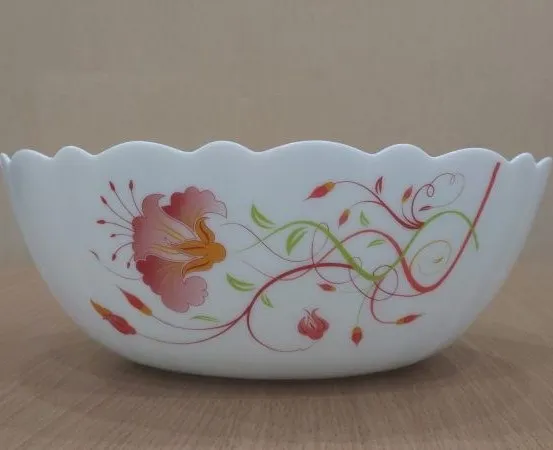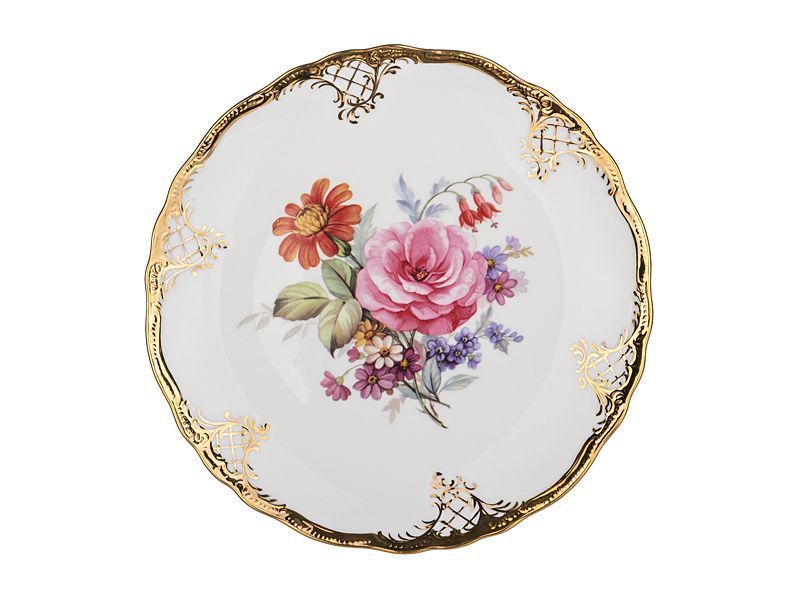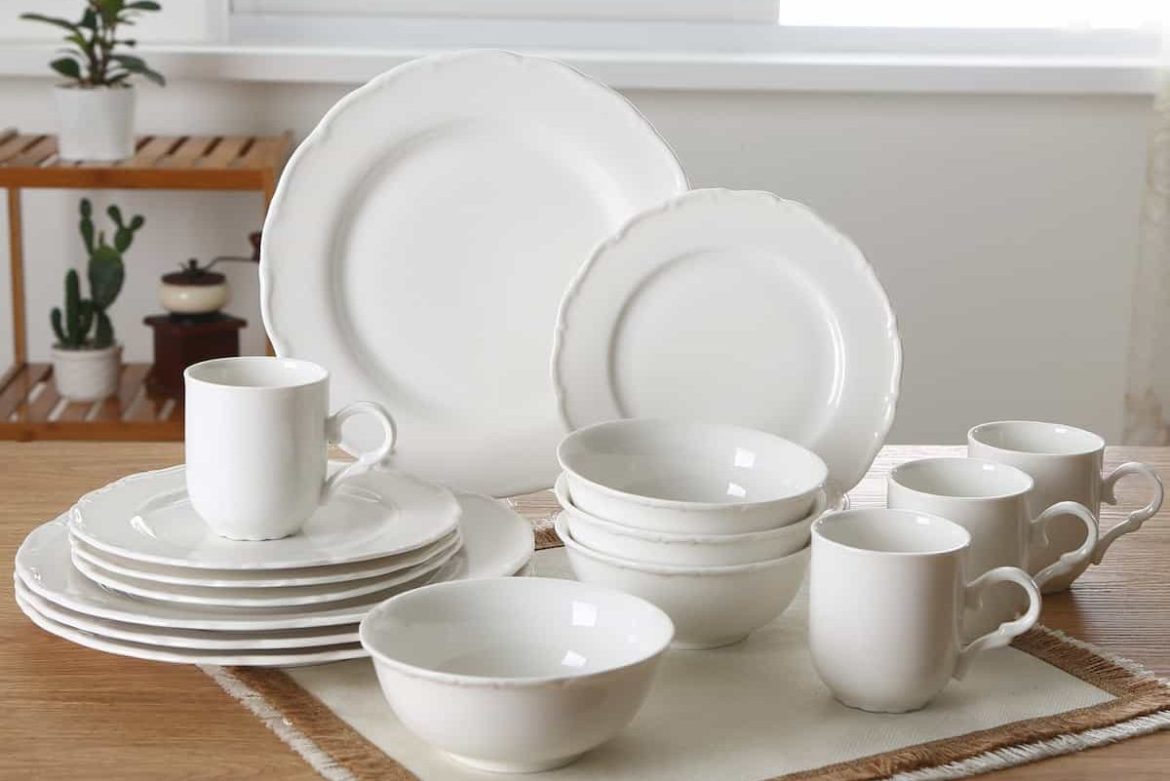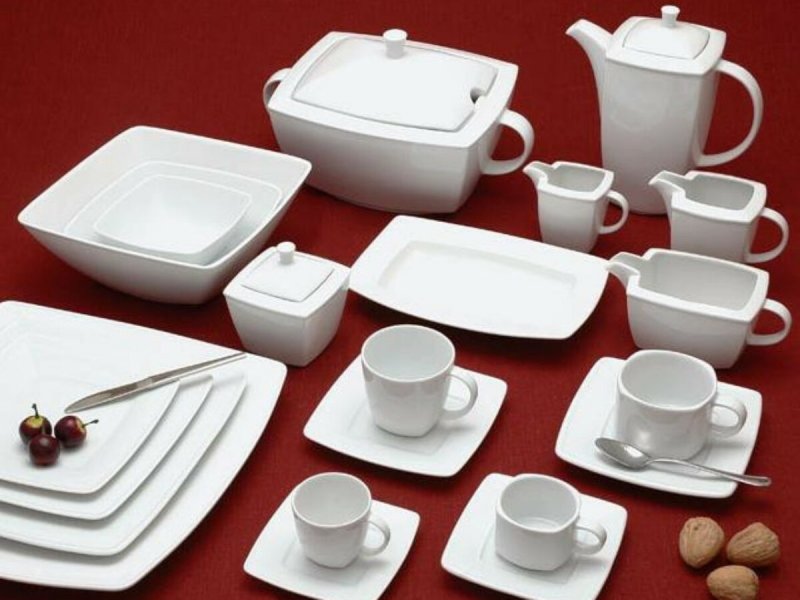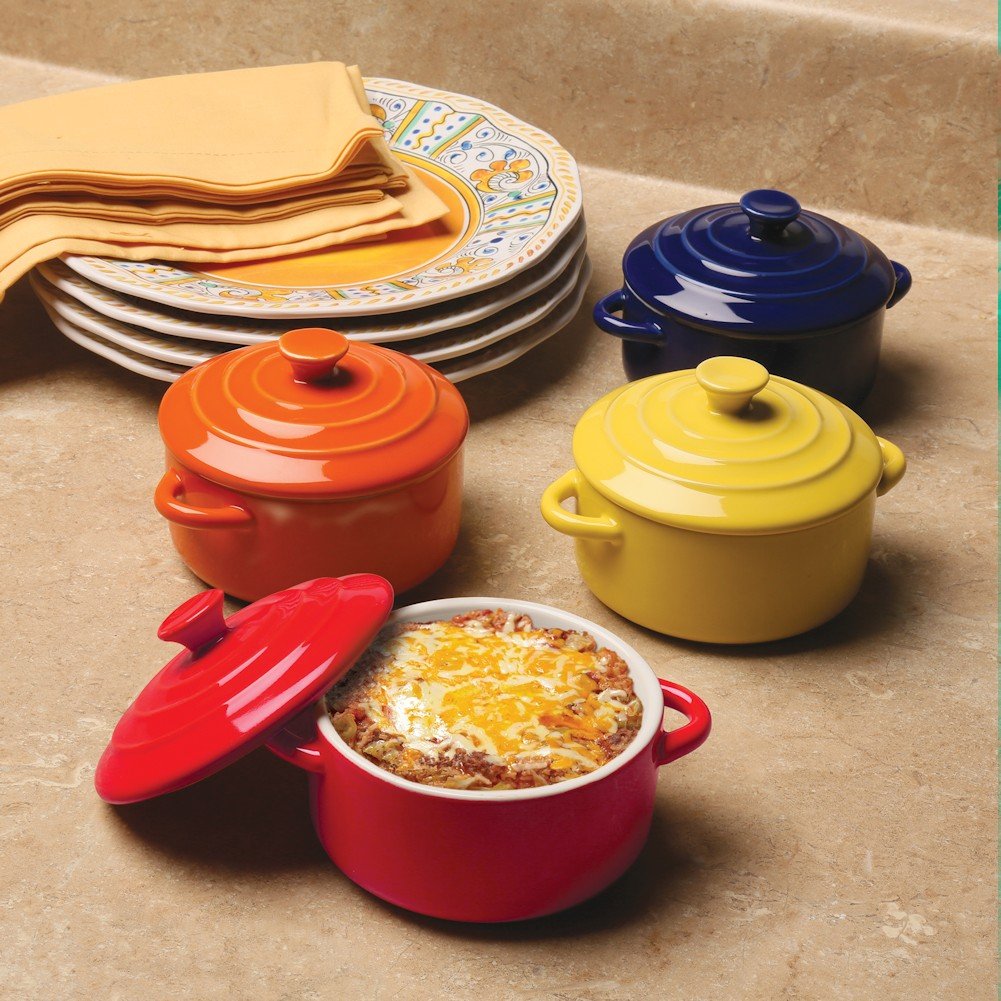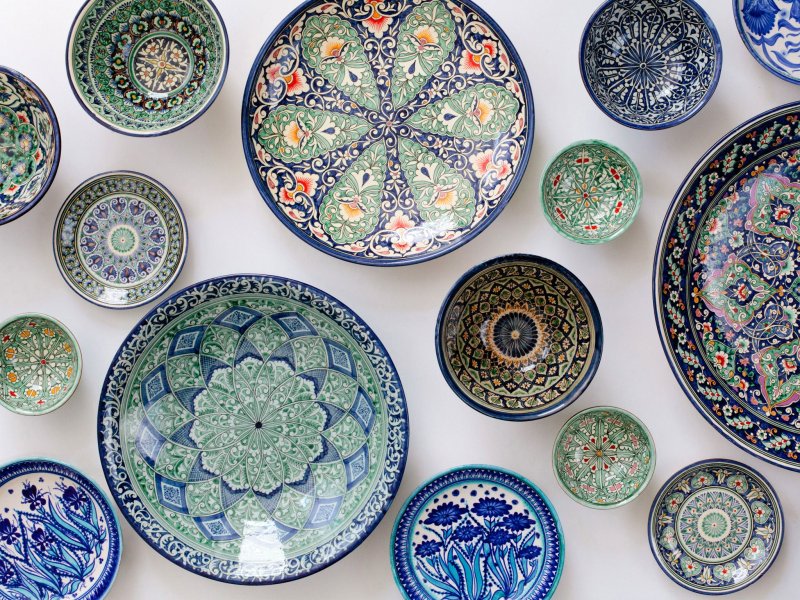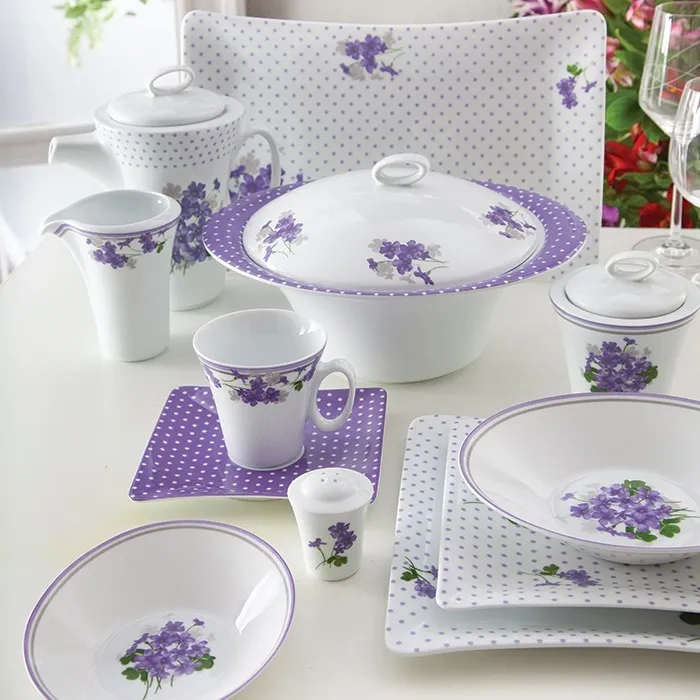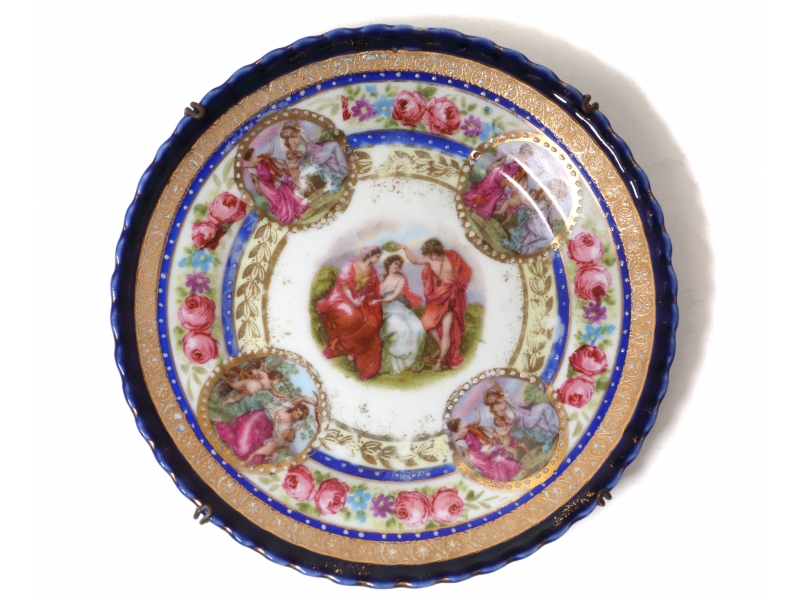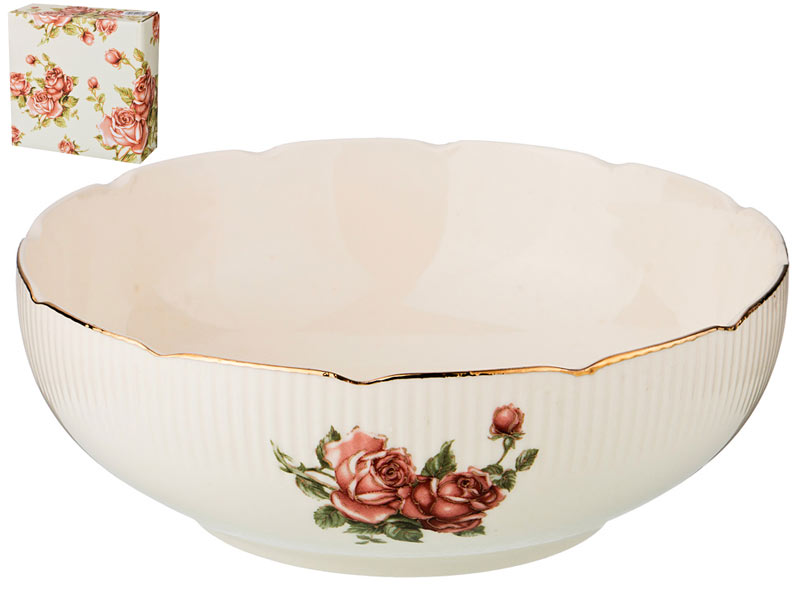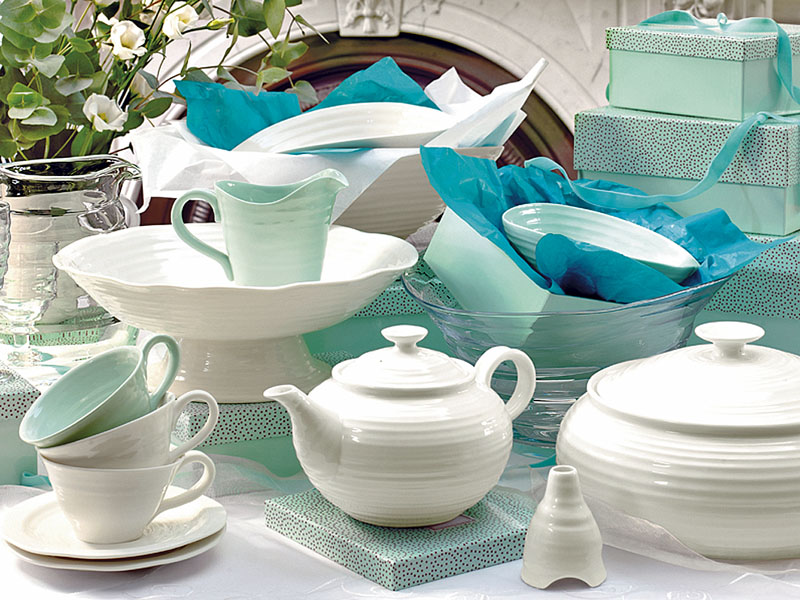Timeless Elegance and Practicality
Introduction:
Antique serving bowls bridge the gap between functionality and aesthetic appeal, adding a touch of timelessness to any dining experience. These exquisite pieces of tableware not only offer practical functionality but also make a statement in terms of style and design. In this article, we delve into the world of antique serving bowls, exploring their historical significance, popular types, notable features, and reasons why they continue to be highly sought after in today’s market.
I. Historical Significance:
1. Ancient Origins: Serving bowls have been a part of dining culture for millennia, with evidence tracing back to ancient civilizations like the Egyptians, Greeks, and Romans.
2. Cultural Significance: Serving bowls have played an important role in various cultural traditions, serving as vessels to present food, share communal meals, and symbolize prosperity.
3. Evolution over Time: Serving bowls have seen significant transformations in their design and materials, influenced by different historical periods, art movements, and changing societal norms.
II. Types of Antique Serving Bowls:
1. Ceramic and Porcelain Bowls: These delicate pieces are often adorned with intricate designs, hand-painted motifs, and intricate patterns representing a plethora of styles such as Chinese porcelain, Delftware, and Meissen porcelain.
2. Silver and Silver-plated Bowls: Known for their elegance and durability, silver serving bowls are often engraved or embossed with elaborate designs, reflecting the craftsmanship and artistic expressions of different periods.
3. Glass and Crystal Bowls: These translucent bowls showcase unparalleled beauty, capturing and reflecting light in various ways. Some popular types include cut glass, pressed glass, and the renowned crystal creations of companies like Baccarat and Lalique.
4. Wooden Bowls: Known for their warm and rustic appeal, antique wooden serving bowls evoke a sense of tradition and authenticity. They are often carved, embellished with detailed motifs, or feature unique grain patterns.
III. Notable Features and Characteristics:
1. Unique Shapes and Sizes: Antique serving bowls come in a variety of shapes such as round, oval, square, or rectangular. Their sizes can range from small individual bowls to large centerpiece bowls designed to hold an abundance of food.
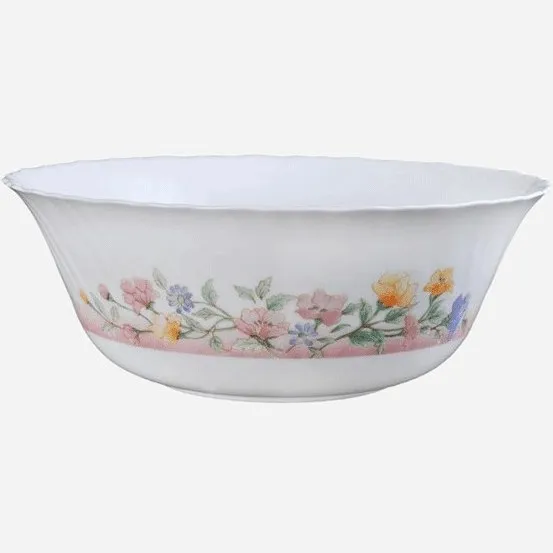
2. Ornate Decoration: Decorative elements such as hand-painted designs, relief patterns, gilded accents, and engraved details can make antique serving bowls visually striking and highly valued.
3. Signature Marks: Many antique serving bowls bear the mark or signature of their maker, providing insights into their origin, authenticity, and historical context.
4. Functionality and Versatility: Antique serving bowls are designed to enhance the dining experience. Many bowls feature lids, handles, and specialized designs for different types of food, making them both functional and aesthetically pleasing.
5. Rare or Limited-Edition Pieces: Some antique serving bowls are highly coveted due to their rarity, limited production runs, or association with renowned designers or manufacturers.
IV. Reasons for Continued Popularity:
1. Uniqueness and Exclusivity: Antique serving bowls offer an opportunity to own a one-of-a-kind piece with intricate details and craftsmanship that is often hard to find in modern tableware.
2. Investment Value: Antique serving bowls can appreciate in value over time, making them a potential investment. Moreover, their durability ensures they can be passed down through generations, becoming family heirlooms.
3. Eco-Friendly Alternative: By choosing antique serving bowls, individuals can actively participate in sustainable practices by repurposing and reusing these timeless items instead of purchasing new products.
4. Style and Elegance: Antique serving bowls bring a touch of elegance, sophistication, and retro charm to any dining setting, adding an element of nostalgia to the overall ambiance.
5. Connection to History and Culture: Owning and using antique serving bowls allows individuals to connect with past traditions, celebrate cultural heritage, and appreciate the craftsmanship of previous generations.
Conclusion:
Antique serving bowls symbolize the perfect combination of functionality, artistry, and historical significance. Whether it is the delicate beauty of ceramic and porcelain, the regal elegance of silver, the translucent allure of glass and crystal, or the rustic charm of wooden bowls, these timeless pieces continue to captivate collectors and individuals alike. With their unique designs, exquisite craftsmanship, and a touch of nostalgia, antique serving bowls not only serve as functional tableware but also tell stories of the past and enrich dining experiences with their timeless elegance.Antique Serving Bowls: Timeless Elegance and Practicality in the Modern Market
I. The Allure of Antique Serving Bowls
Antique serving bowls have a timeless allure that continues to captivate customers in today’s market. These exquisite pieces of tableware offer a unique blend of functionality and artistic beauty, making them highly desirable for both collectors and individuals seeking to add a touch of elegance to their dining experience. From their historical significance to their versatility and durability, antique serving bowls hold a special place in the hearts of those who appreciate the art of dining.
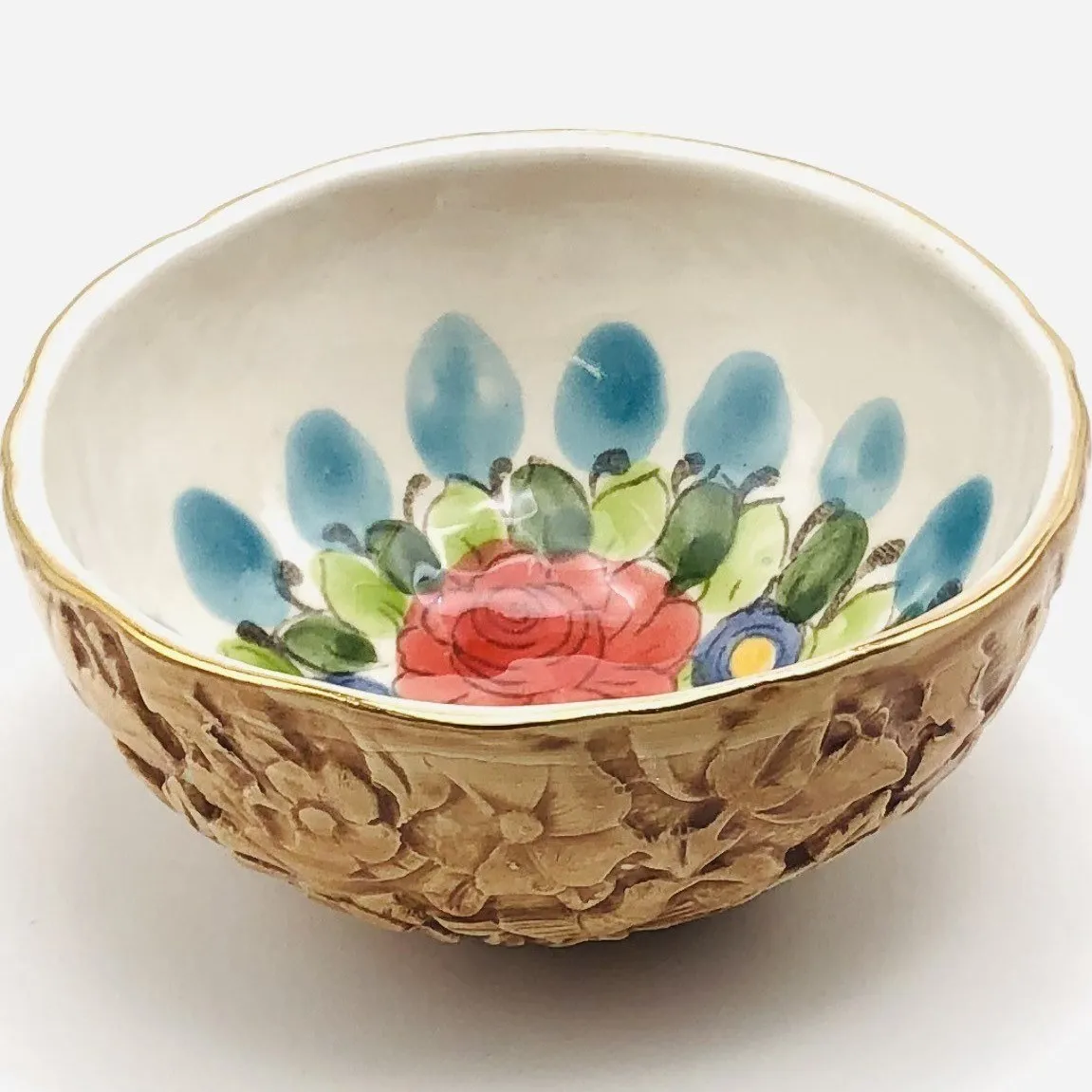
II. Understanding the Market for Antique Serving Bowls
1. Collectors’ Market: For antique enthusiasts, serving bowls hold a special place in their collections. Whether they are focused on a specific era or material, collectors seek out rare and unique antique serving bowls to enhance and diversify their portfolios.
2. Interior Design and Tableware Market: Interior designers and decorators often look to antique serving bowls to create a timeless and elegant atmosphere in dining spaces. These pieces add a touch of history and artistry, serving as focal points or conversation starters.
3. Restoration and Repurposing Market: Some individuals acquire antique serving bowls as restoration projects or repurpose them into new and creative uses. These bowls can be transformed into decorative centerpieces, planters, or even unique lighting fixtures, breathing new life into these treasured pieces.
III. Factors Influencing the Value of Antique Serving Bowls
1. Rarity and Age: The rarity and age of antique serving bowls play a significant role in determining their value. Older bowls from ancient civilizations or limited-production pieces from renowned manufacturers command higher prices due to their scarcity.
2. Material and Craftsmanship: The materials used and the level of craftsmanship employed in creating antique serving bowls contribute to their value. Fine porcelain, intricate silverwork, hand-cut crystal, or intricately carved wood raise the desirability and price of these pieces.
3. Condition: The condition of antique serving bowls impacts their value. Bowls in excellent condition, free from major flaws or repairs, are naturally more sought after by collectors and individuals alike.
4. Maker/Maker’s Mark: The reputation of the maker or manufacturer often plays a crucial role in determining the value of antique serving bowls. Pieces associated with renowned craftsmen, iconic design houses, or prestigious manufacturers tend to command higher prices.
IV. Tips for Buying Antique Serving Bowls
1. Research and Education: Before making a purchase, it is essential to conduct thorough research to understand the various types of antique serving bowls, their historical value, and market prices. This knowledge will help buyers make informed decisions and avoid overpaying for inauthentic or low-quality pieces.
2. Authenticity: Verify the authenticity of antique serving bowls by scrutinizing the maker’s marks, signatures, or any associated documentation. Consult with experts, collectors, or trusted antique dealers for further guidance.
3. Condition Assessment: Examine the condition of the serving bowl closely, looking for any signs of damage, restoration, or wear. Assess the overall structural integrity, the presence of cracks, chips, stains, or repairs. Cosmetic flaws may impact the value and usability of the piece.
4. Source: Purchase antique serving bowls from reputable dealers, auction houses, or reliable online platforms specializing in antiques. These sources typically provide assurance regarding the authenticity and quality of the items they offer.
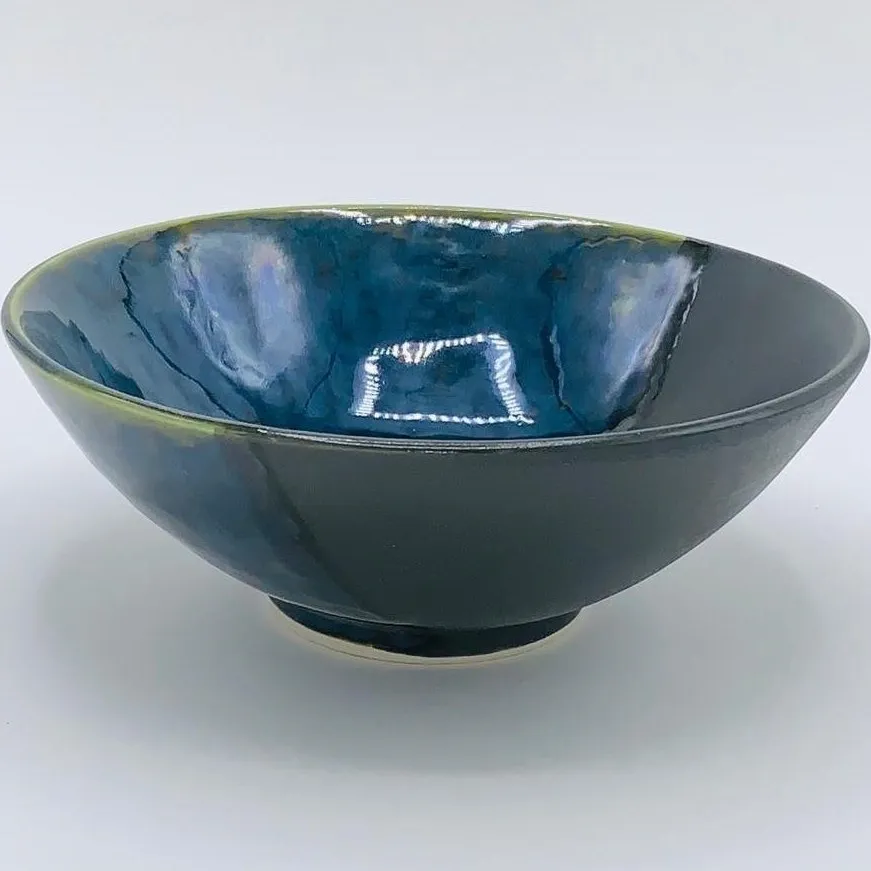
5. Price Range: Establish a budget and determine the price range for antique serving bowls based on the desired era, material, maker, and condition. Remember that rare and exceptional pieces may justify higher investments.
6. Personal Preference: Consider personal style and preferences when selecting antique serving bowls. Opt for pieces that align with the overall aesthetics of the dining area, complement existing tableware, or evoke a specific historical period.
V. Caring for Antique Serving Bowls
1. Gentle Handling: Handle antique serving bowls with care to minimize the risk of accidental dropping or damage. Excessive force or rough handling may lead to chips, cracks, or other irreparable harm.
2. Cleaning Practices: Clean antique serving bowls using gentle methods, avoiding harsh chemicals or abrasive cleaners that may damage delicate surfaces or remove decorative detailing. Consult with experts or antique dealers for appropriate cleaning instructions specific to the material of your bowl.
3. Storage: Store antique serving bowls in a secure and stable environment, away from direct sunlight, extreme temperatures, or high humidity. Consider using soft padding or acid-free tissue paper to prevent scratches or damage while in storage.
4. Displaying with Care: When displaying antique serving bowls, ensure they are placed in safe locations away from high-traffic areas or where they are at risk of falling or tipping over. Support them with appropriate display stands or supports to maintain their stability.
VI. Identifying Reproductions and Fakes
1. Research and Familiarity: In-depth research and familiarity with antique serving bowl styles, makers, and materials can help identify reproductions and fakes. Study the characteristics, markings, and construction techniques of genuine pieces to spot discrepancies.
2. Maker’s Marks: Scrutinize the maker’s marks or signatures, comparing them to known authentic examples. Look for inconsistencies in spelling, font, or design, as these could indicate a reproduction or fake.
3. Materials and Craftsmanship: Examine the material and craftsmanship of the serving bowl. Any indications of poor quality materials, shortcuts in construction, or modern production techniques may suggest a reproduction.
4. Expert Opinion: When in doubt, consult with experts in the field of antique serving bowls. Qualified appraisers or antique dealers knowledgeable about the specific type or era can provide valuable insights and assistance in determining authenticity.
Conclusion:
Antique serving bowls hold a special place in the hearts of collectors, interior designers, and individuals seeking to add a touch of elegance to their dining experience. Understanding the allure of antique serving bowls, factors influencing their value, and tips for buying and caring for these treasured pieces can enrich the appreciation and enjoyment of these timeless items. With their longevity, inherent beauty, and connection to history, antique serving bowls bridge the gap between functional tableware and cherished works of art.
